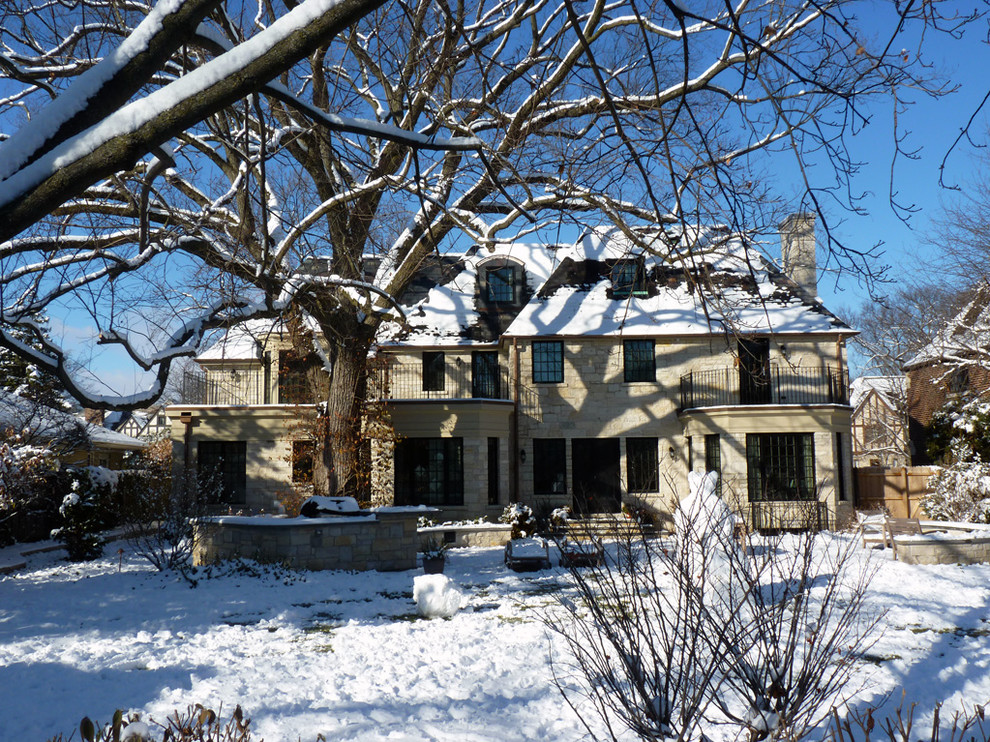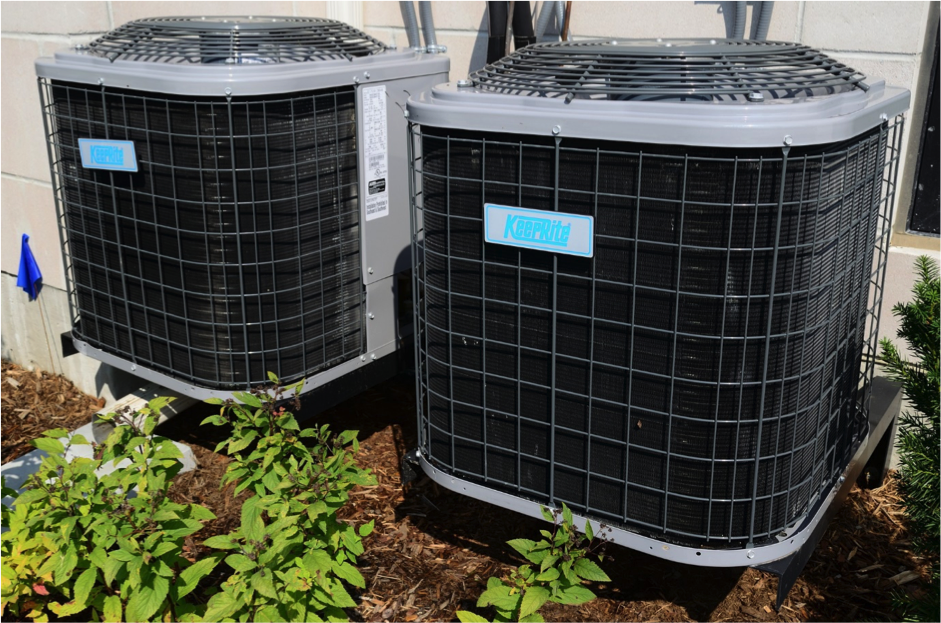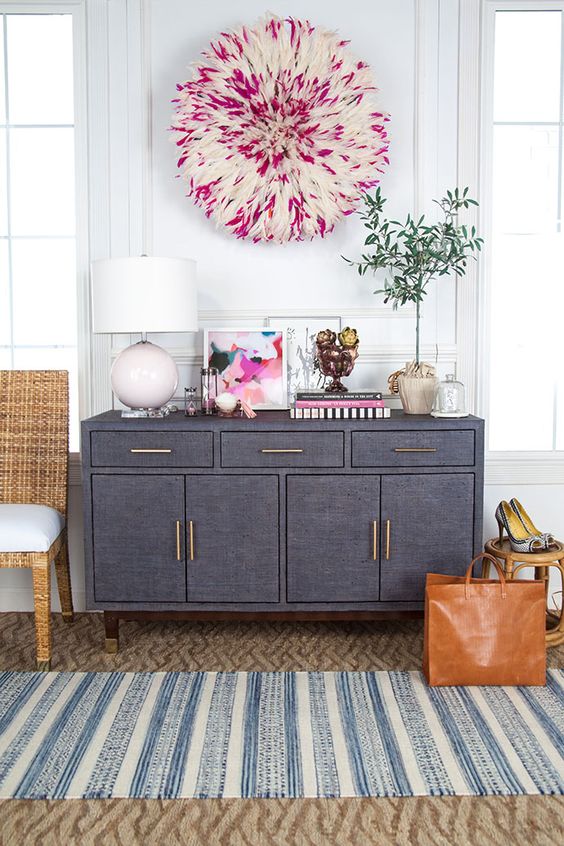Get Ready for the Big Chill – Winterize Your Pipes and Plumbing to Save Money in the Long Run!

Temperatures are dipping below freezing? Save your pipes from bursting and cracking with some of our easy and preventative tips!
 Photo: Cook Architectural Design Studio
Photo: Cook Architectural Design Studio
When the weather turns cold, it is important to winterize your home, especially your pipes and plumbing systems. By protecting your pipes against the freezing temperatures, you can help eliminate the chances of bursting and other damages, which can be costly to repair.
Insulate the Pipes
Pipes become more susceptible to damage when the temperature drops to 20 degrees Fahrenheit or below. Pipes in unheated areas are most likely to freeze. To insulate pipes, wrap them in insulation tubes made of fiberglass or polyethylene.
Winterize Outdoor Faucets
There are several things you should do with your outdoor faucets to prevent damage.
Drain outdoor water lines — Turn off the water to faucets at the main water valve or individual shut off valves. Then open the faucet. You should then return to the shut-off valve, release the bleeder cap and drain any remaining water. After all of the water is drained, go back to the faucet and close it.
Protect your Pipes With Anti-Freeze
After your outside water lines have been drained, it is an excellent idea to use RV anti-freeze to ensure that if any water is left in the lines, it won’t freeze, expand, or otherwise ruin your water pipes.
Store Garden Hoses
Hoses should be disconnected from the faucet and drained of any residual water. Store your hoses in a warm, dry area.
Fix Any Exterior Foundation Cracks
If you have any exterior cracks in the walls or foundation of your home, filling these with spray foam insulation can reduce the amount of cold air that could reach your water pipes. Also, you should seal off your crawlspace if you have one. Steps include covering the vents with heavy cardboard to prevent cold air from coming in. Also, check for and repair any cracked or broken basement windows.
Interior Steps to Do
When the temperatures are expected to drop below freezing there are interior steps you can take to prevent your pipes from freezing. Turn on the faucets located along exterior walls to a slow, steady drip. This can prevent an ice blockage, and should a pipe freeze, this drip may keep the pipe from bursting.
Open sink cabinet or vanity doors to allow the warm air to reach the pipes to prevent the pipes from freezing. Also, should your pipes freeze, do not attempt to thaw them using a blowtorch — this is how many house fires start.
You should also ensure that your water heater is properly insulated. By insulating your water heater, you can make sure that it is working efficiently and not having to work harder to provide hot water.
Professionals Can Help
While most of these tips can be considered easy DIY projects, there may be some other winterizing procedures that you may not want to undertake. This is the time to call for professional help. When you hire a professional, you can save time, and you will rest assured that the job will be done right.
Monitor Water Usage
Installing a device that monitors the water flow in your home can be a huge help to finding leaks early. If your pipes do freeze and burst, your water usage will skyrocket. Having a device that can constantly display how much water is flowing will help you notice any sudden changes as soon as they come about and will allow ample time for you to call in a professional to fix the issue before it becomes detrimental.








Leave a Comment